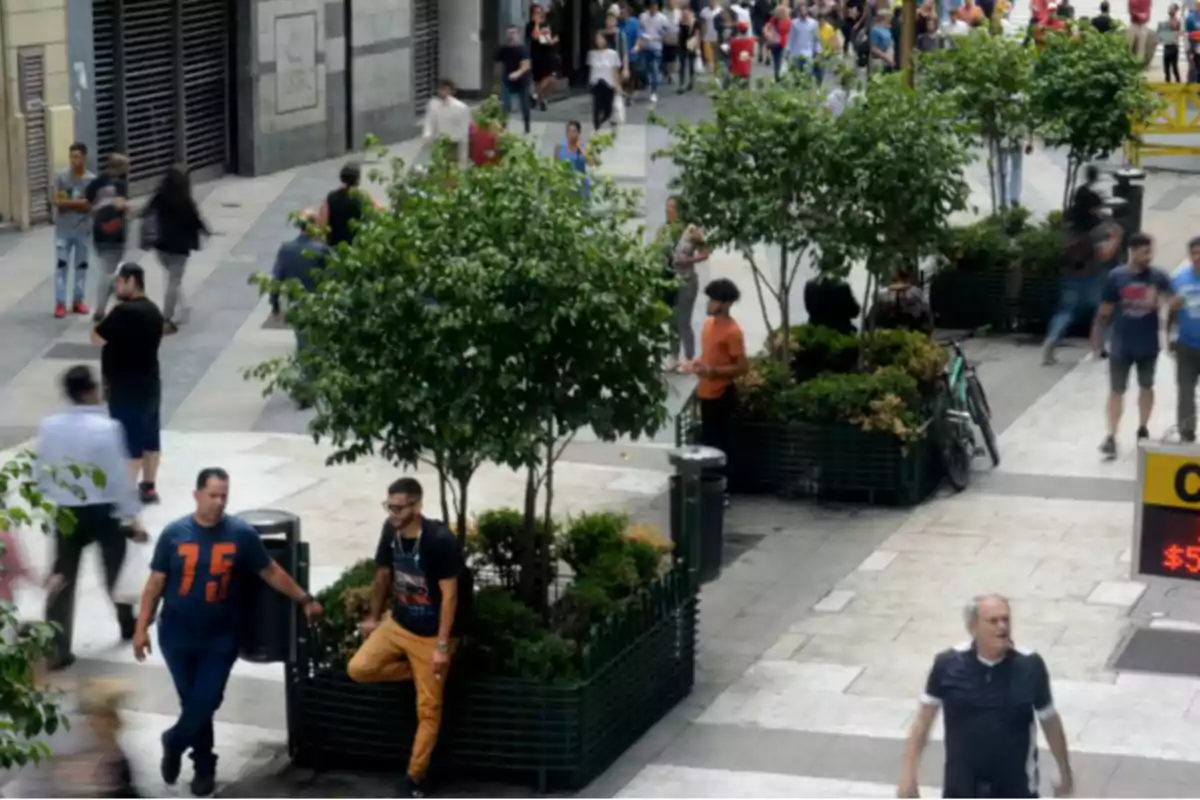
After the removal of the restrictions, the 'arbolitos' are negatively affected by the stability.
The blue dollar business, which for years thrived due to the distortion between exchange rates, is no longer profitable
After the removal of currency controls on April 14, a measure implemented by the government of Javier Milei with the goal of freeing up the foreign exchange market and unifying the official and free exchange rates, a severe "crisis" was recorded among those engaged in the informal buying and selling of dollars in downtown Buenos Aires. Commonly known as "arbolitos," these vendors now face a tough scenario.
Until early 2024, the gap between the official dollar and the blue dollar exceeded 45%. Today, that difference no longer exists, or is even negative, with an official rate of $1,200 and a free market value around $1,165. The disappearance of incentives to operate outside the banking system directly affected the arbolitos, whose profitability historically depended on that difference.
On Florida and Lavalle pedestrian streets, where activity traditionally concentrated, dozens of people can still be seen offering currency exchange in public. However, according to several of them, business dropped sharply after the removal of the controls.

Some workers in this sector claim that in previous years, under the Kirchner administration, they could earn significant amounts in just a few hours due to the constant devaluation of the peso and the rise of the dollar, but today, with exchange rate stability, their income is minimal. Some admit they are considering alternative jobs, such as driving taxis, making deliveries, or seeking formal employment in retail stores.
"With (Sergio) Massa, I'd go home with 150,000, 200,000 pesos a day. We could earn more and there were twice as many people as there are now. I left the taxi business to come work here, I've been here since 2012 and the controls had just started," said one "arbolito."

Competition among the arbolitos themselves has also intensified, while the number of clients decreases. In some areas of the pedestrian street, the number of vendors far exceeds that of potential buyers.
The exchange rate stability that was consolidated after the removal of the controls and the unification of the exchange rate was one of the main objectives of Javier Milei's government. Since then, the gap between the official and parallel dollar has virtually disappeared, which significantly reduced market volatility and discouraged informal operations. In that context, the blue dollar business, which for years thrived on the distortion between rates, is no longer profitable.
More posts: